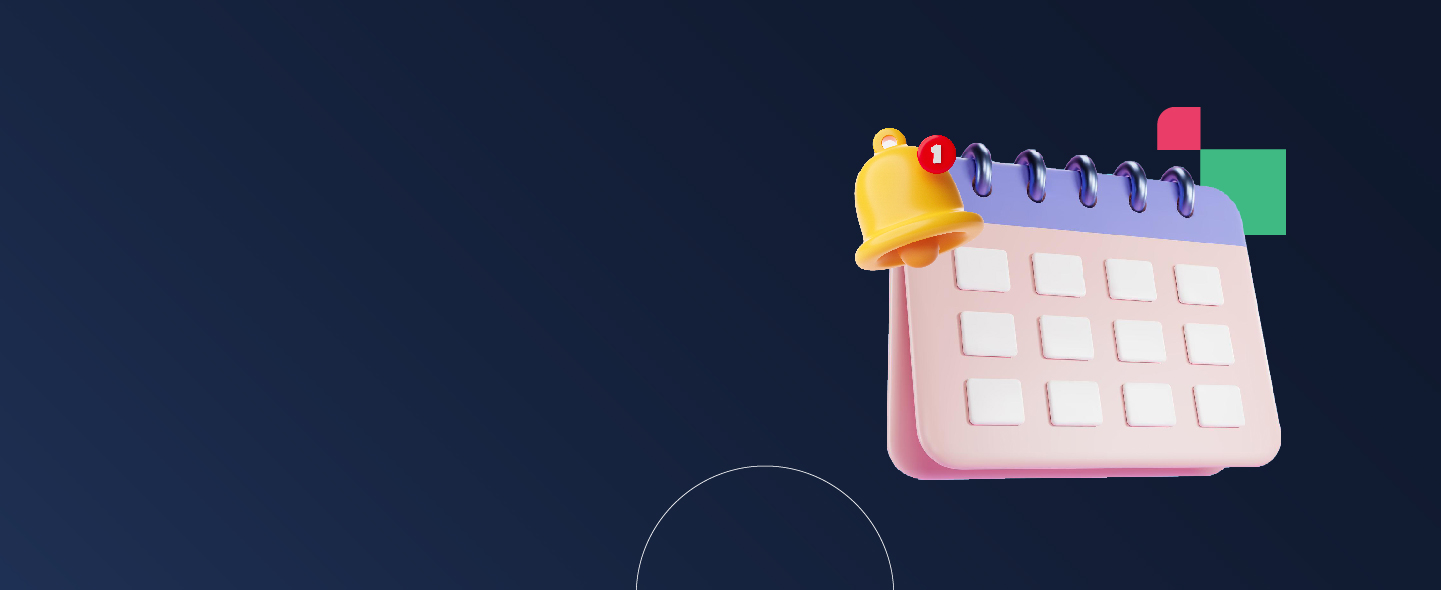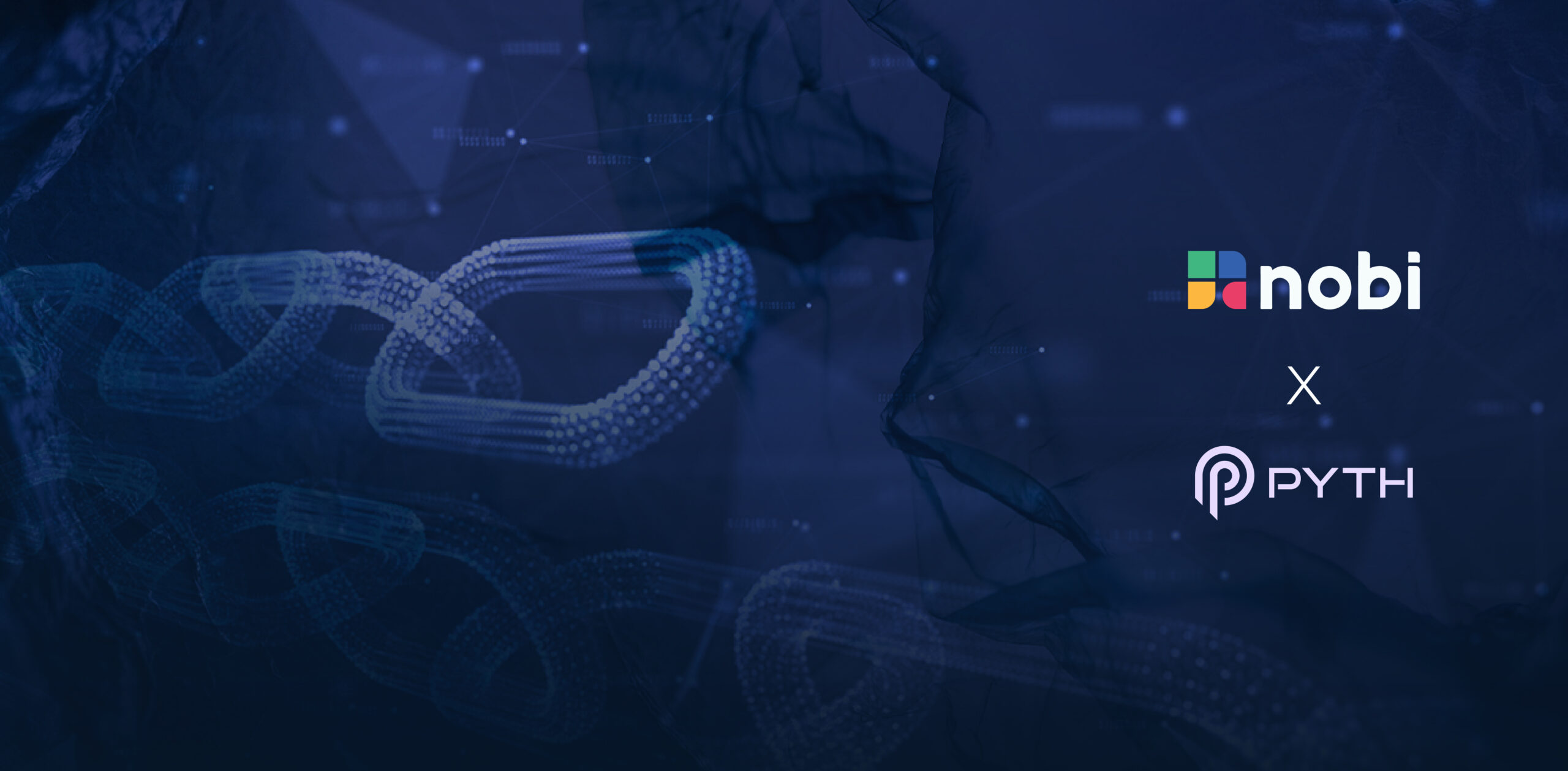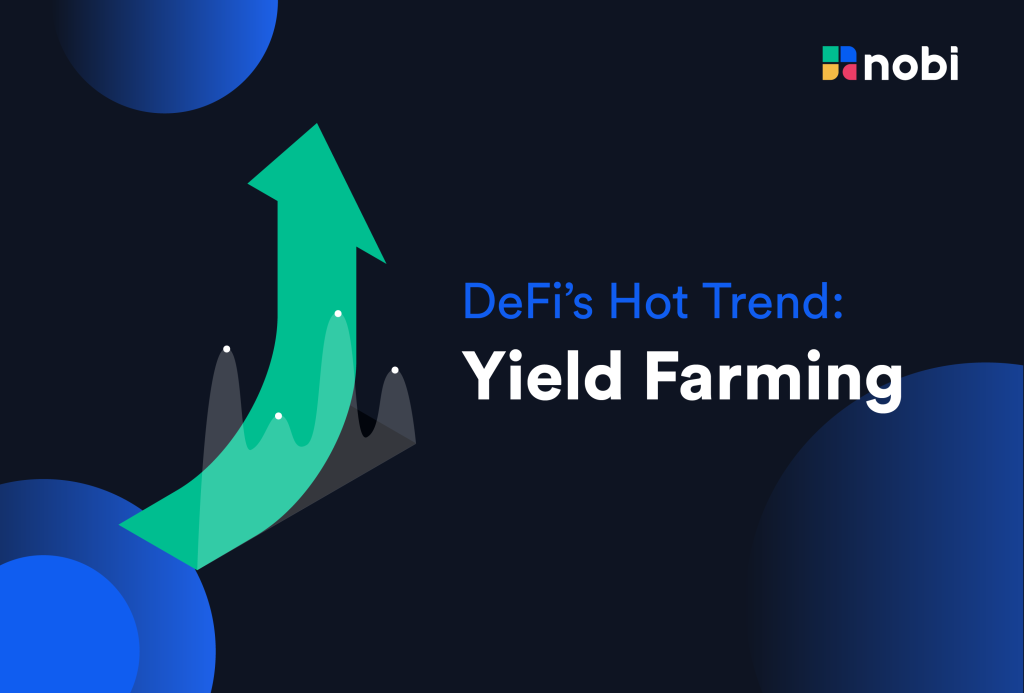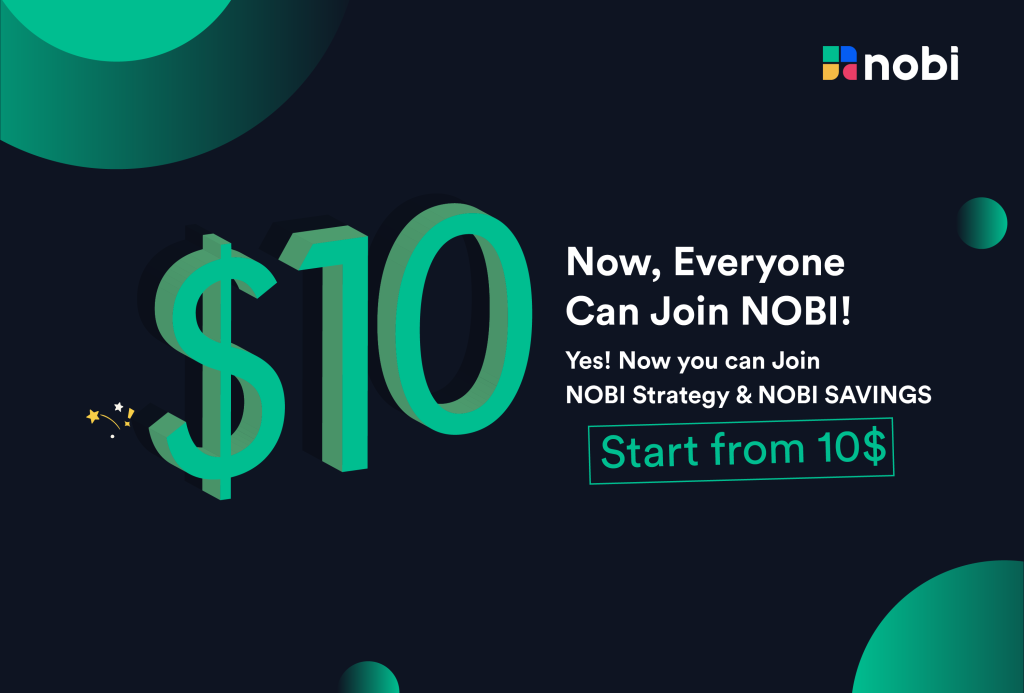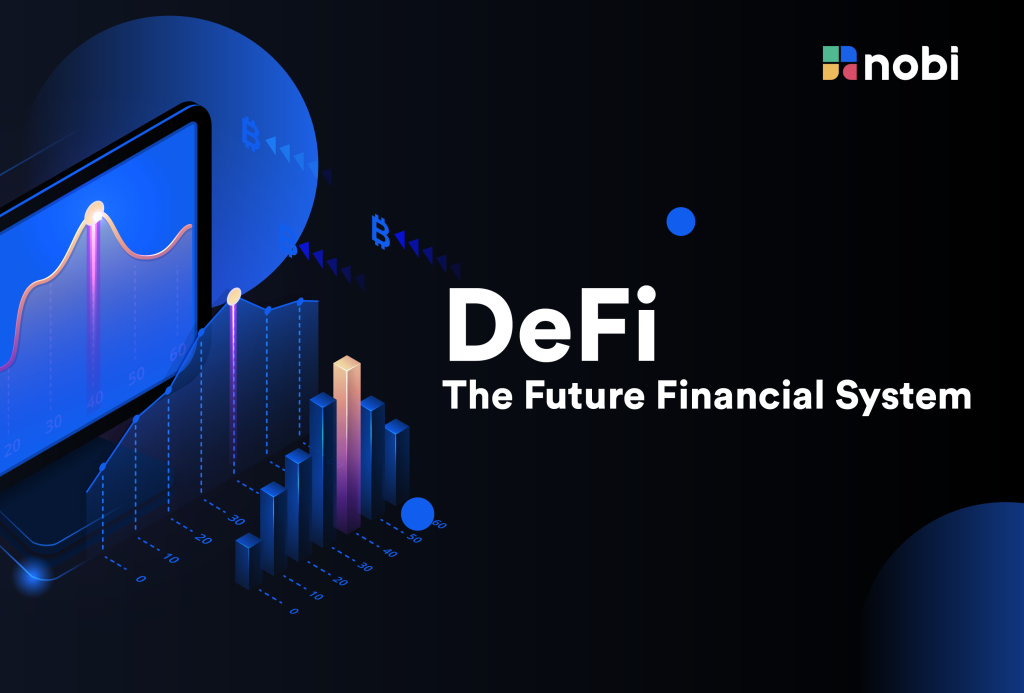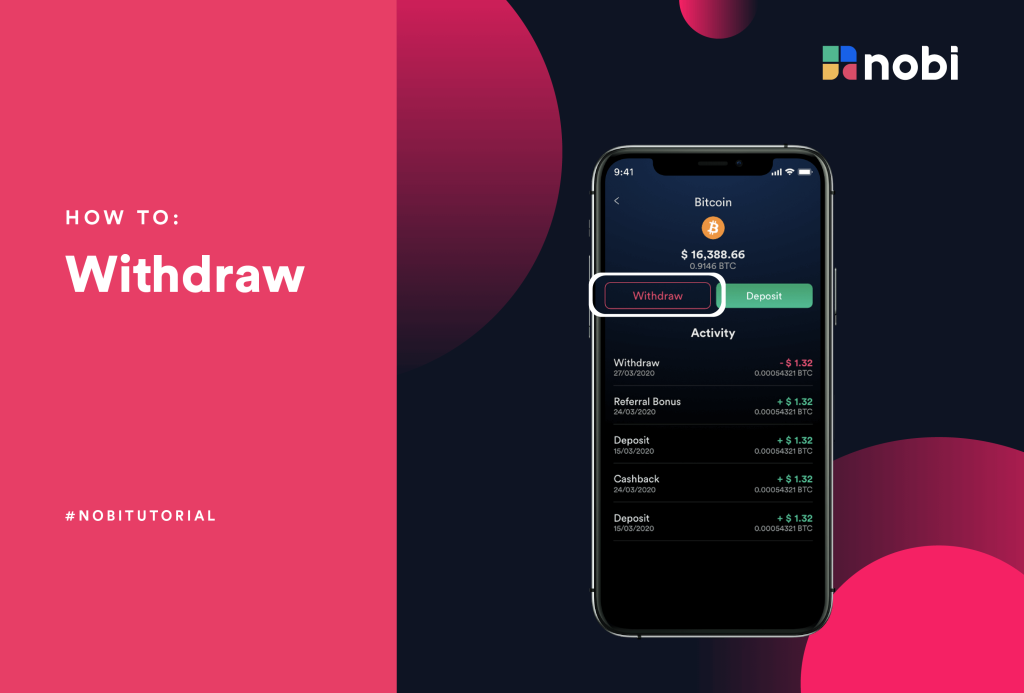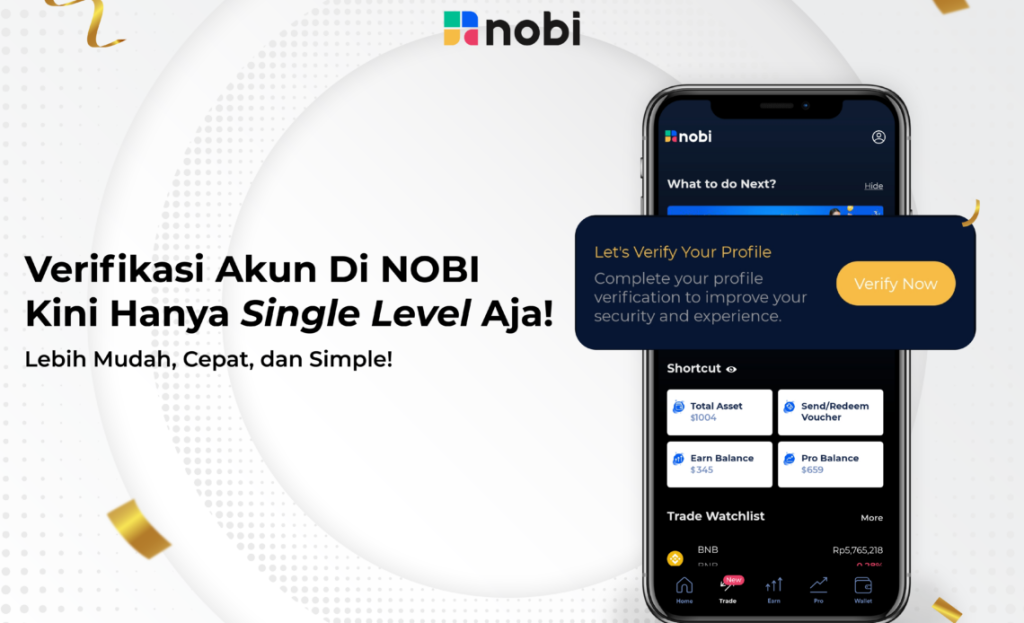Cardano is a proof-of-stake blockchain platform: developed into a decentralized application (DApp) development platform with a multi-asset ledger and verifiable smart contracts founded by Charles Hoskinson.
Cardano aims to achieve the scalability, interoperability, and sustainability needed for real-world applications. Cardano is designed to be the platform of choice for the large-scale, mission-critical DApps that will underpin the economy of the future.
Cardano is the nexus of five principles : People, purpose, technology, research and opportunity. Cardano’s development is characterized by a scientific philosophy and plenty of academic research.
Founder
Cardano is designed by a global team of experts who are leaders in disciplines ranging from distributed systems to programming languages and game theory and is jointly developed by IOHK and partners. IOHK develops the technology, the Cardano Foundation is responsible for supervising development and promoting Cardano, while Emurgo drives commercial adoption.
After leaving the Ethereum project, Jeremy Wood started Input Output in 2015. He is Cardano’s co-founder and Chief Strategy Officer in IOHK. The architect, CEO, and co-founder of the Cardano platform (as well as the co-founder of BitShares and Ethereum) is Charles Hoskinson. The headquarter is located in Hong Kong, Input Output Global, and Swiss-based Cardano Foundation.
CARDANO Roadmap
The Cardano roadmap is a summary of Cardano development, which has been divided into five eras: Byron, Shelley, Goguen, Basho, and Voltaire. Each era is centered around a set of functionalities that will be delivered across multiple code releases.
While the eras of Cardano will be delivered sequentially, the work for each era happens in parallel, with research, prototyping, and development often in progress all at once across the different development streams.
ADA – The Native Token Of Cardano
It is named after Ada Lovelace: a 19th-century mathematician who is recognized as the first computer programmer, and is the daughter of the poet Lord Byron.
While Cardano blockchain is named after Gerolamo Cardano, who lived in the 16th century and was an outstanding scientist and researcher in many fields of Renaissance science: medicine, biology, astronomy, physics, mathematics, and philosophy. He introduced the Cardan grille, a cryptographic writing tool.
What Can I Do With ADA?
Ada is a digital currency. Any user, located anywhere in the world, can use ada as a secure exchange of value – without requiring a third party to mediate the exchange. Every transaction is permanently, securely, and transparently recorded on the Cardano blockchain.
Every ada holder also holds a stake in the Cardano network. Ada stored in a wallet can be delegated to a stake pool to earn rewards – to participate in the successful running of the network – or pledged to a stake pool to increase the pool’s likelihood of receiving rewards. In time, ada will also be usable for a variety of applications and services on the Cardano platform.
Energy-efficient Network
ADA is considered as eco-friendly crypto because there’s no mining in traditional sense. Charles Hoskinson said that Cardano is 1.6 million times more energy-efficient than Bitcoin. Ethereum, however, promises to be green, reducing energy consumption by 99.95% by using staking instead of mining.
The following table represents what the annual worldwide energy consumption for every network is:
*One TeraWatt is 1000 times bigger than one GigaWatt.
*VISA consumed 97 Twh a year in 2017 — according to this medium story.
Both, banking and gold industries consume greater than 500 Twh a year.
Proof-of-Stake Concept
Cardano network uses Proof-of-Stake (PoS) consensus mechanism instead of a notorious Proof-of-Work (PoW), like found in Bitcoin.
With Proof-of-Stake, however, validators don’t need significant processing power, like in Bitcoin or Ethereum networks. Cardano validators, depending on their stake’s size, are randomly selected to add a submitted transaction to their proposed block. Unchosen validators must attest to that block.
How to Store Cardano (ADA)?
Ada can be stored using a Daedalus or Yoroi wallet. Developed by IOHK, Daedalus is the open-source desktop software wallet for storing ADA. It’s a full node wallet, which means the full Cardano blockchain needs to be downloaded, and each transaction is verified for maximum user security.
Light wallets, which don’t require downloading the full blockchain, are the Yoroi Wallet and AdaLite. ADA can also be stored on cold storage hardware wallets such as Ledger and Trezor via Daedalus, Yoroi Wallet, and AdaLite.
ADA Market Cap and Coin Circulation
ADA is one of the top 5 cryptocurrencies in the world. At the moment, ADA has approximately 35 billion coins in circulation, while 45 billion is a max supply for ADA.
The final goal of the Cardano is to gain full decentralization, the highest network security, autonomous governance, and scalability.
How to Buy ADA?
To get some ADA, you can buy them directly on NOBI app the easy way. You can also check ADA’s real-time price here. Apart from buy-sell crypto assets, you can also grow your favorite crypto assets on NOBI, including ADA. You could hold your coins while earning on NOBI Earn and you have different crypto assets to choose from. What’s more, it’s an easy way to earn by simply holding crypto assets. Check out NOBI Earn and start earning rewards today!
Related Article
